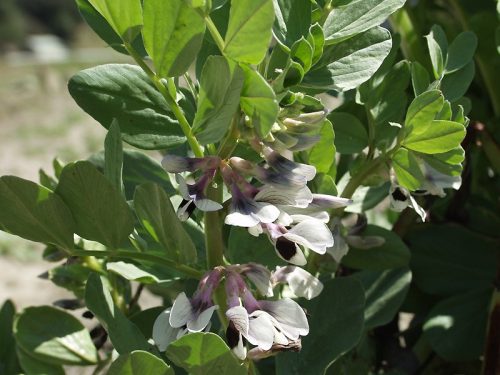Broad beans; there are two types: those that turn brown after cooking and those that remain pale green. The latter variety tastes less bitter than the former.
You are viewing the mobile-adapted version of the page.
The one for tablets, laptop and desktop also provides general information, such as origin and cultivation.
Broad bean – (Vicia faba). Sow from March to May in open ground in the final spot, or in late January, early February under glass. In March, the young plants can be planted in open ground.
Timely cutting away (topping) the upper parts of fast-growing plants will prevent invasion by Black Cherry Ap
Bugs
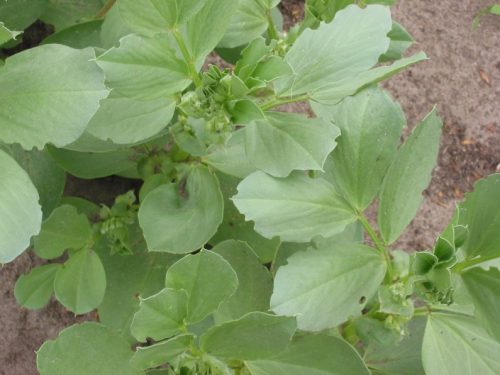
Feeds on roots and leaf margins (half-moons): Pea leaf weevil (Sitona lineatus).
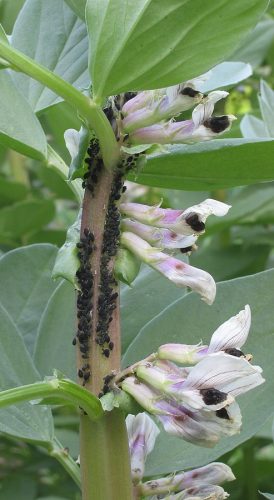
Deformed leaves: aphid, black bean aphid (Aphis fabae).
Broad bean does not grow, root system shows many small root nodules (galls): northern root-knot nematode (Meloidogyne hapla).
Fungi & diseases
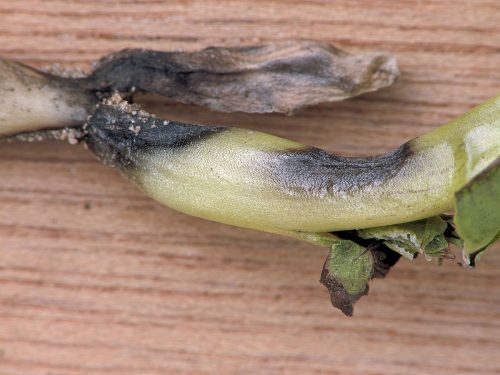
Large, gray spots surrounded by rings on leaves or dark spots on stem of seedling: Leaf and pod spot (broad bean) (Didymella fabae and also Cercospora zonata ).
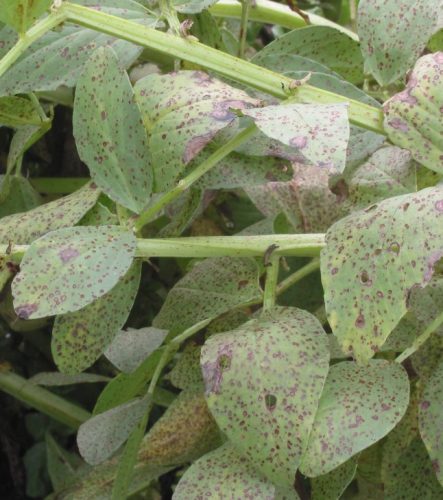
Chocolate brown spots develop on the top of the leaves; chocolate brown stripes develop on the stems, pods and flowers: Chocolate spot disease (broad bean).
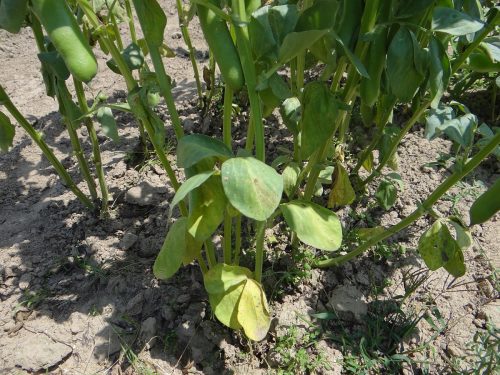
Wet, rotten spots at the base of the stem: Fusarium foot rot (Fusarium solani).
Pods curl, tops turn yellow: Bean leafroll virus (BLRV).

